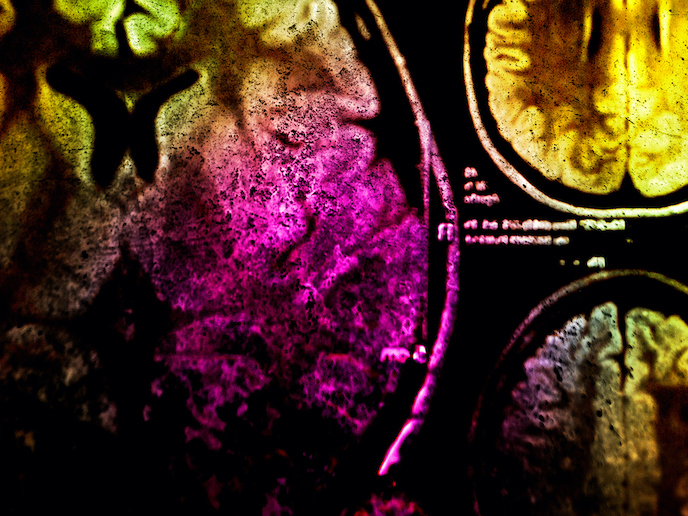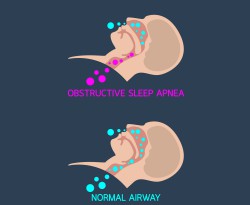How the damaged brain reorganises to restore mathematical function
When people suffer brain damage, they can lose certain abilities drawn on both specific and networked brain regions. If brain damage occurs slowly and gradually, the brain eventually adapts and figures a way to preserve the ability. When brain language areas are involved, for example, researchers have observed the brain reorganising using other regions to maintain the ability eventually. Yet little is known about how mathematical ability overcomes brain damage to the brain regions responsible for producing it. The EU-funded Re-MAPMATH project set out to track this brain plasticity regarding mathematical functions in brain tumour patients before and after surgery. The project, the team feels was a huge success. It managed not only to measure activity in patients suffering from brain damage, but also offered insights into how healthy brains function. Data taken from samples of healthy participants will provide new information about how the brain handles calculations as a network. The research was undertaken with the support of the Marie Skłodowska-Curie Actions. “Concretely, we have contrasted numerical and language processes after brain reorganisation. Our normative patient data allows us to see the contrast between a healthy brain and a reorganised brain,” says Elena Salillas, MSCA researcher at the University of Padova and Re-MAPMATH project coordinator.
Distributed brain activity
“The numerical system involves unique components and features shared with other brain domains. For example, you need to use working memory to understand a paragraph when reading,” explains Salillas. This combination of specific and distributed brain activity is also needed in mathematics. To mentally multiply 22 x 44, for example, requires spatial abilities. Brain damage from something like a stroke can affect these specific areas and also general domains in the brain. “The maths system, as most of the cognitive systems, is a complex network that can be altered in any of its parts. Some of the deficits are purely numeric, others not. As such, there are a lot of brain lesions that can lead to acquired numerical deficiencies,” adds Salillas.
Putting mathematical functions to the test
To assess the impact on maths function after a brain tumour and how the brain reshapes, the team ran specific tests while using magnetoencephalography (MEG) to measure brain activity. This imaging technique measures the magnetic brain signal. It provides a high level of spatial and temporal accuracy, revealing where in the brain activity is peaking. The tests addressed four main numerical components. The first tested the ability to make approximations. The test consisted of a fast, approximate comparison between two sets of dots, which changed ratios periodically. The second checked patients’ ability to perform exact calculations, such as verifying whether multiplications like 3 x 2 = 4 are correct or not. The team detected three main networks in the brain responsible for this ability. A third test consisted of the detection of number forms. “In this test, the participant had to tell whether scrambled digits or correct digit forms were digits or not. This test targets the initial perception of numerical symbols,” notes Salillas. The final test checked the ability to adapt to symbols.
Revealing new networks
There were several key successes. The project team successfully described the networks behind simple arithmetic for the first time and provided an accurate description of the dependencies between the regions involved. “Since the vast majority of neuroimaging studies of calculation are based on fMRI (another brain imaging technique with a slower resolution time), such accurate time-dependent information was unknown,” says Salillas.
Keywords
Re-MAPMATH, brain, tumour, mathematical, ability, test, scan, rebalance





